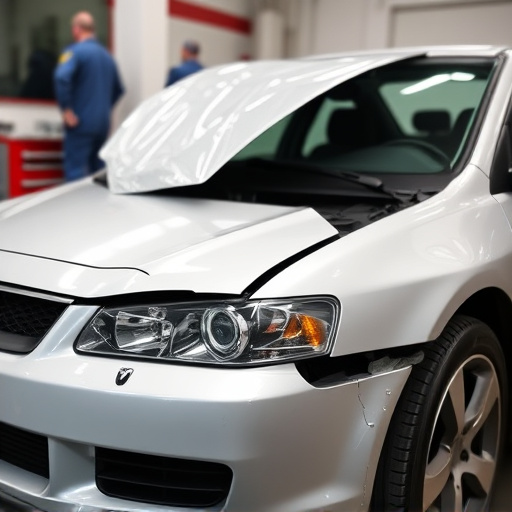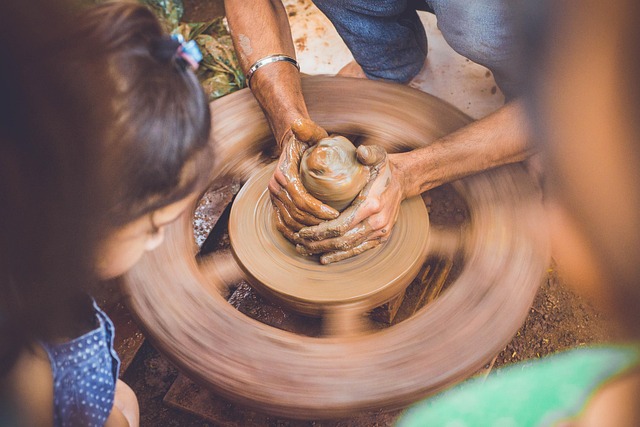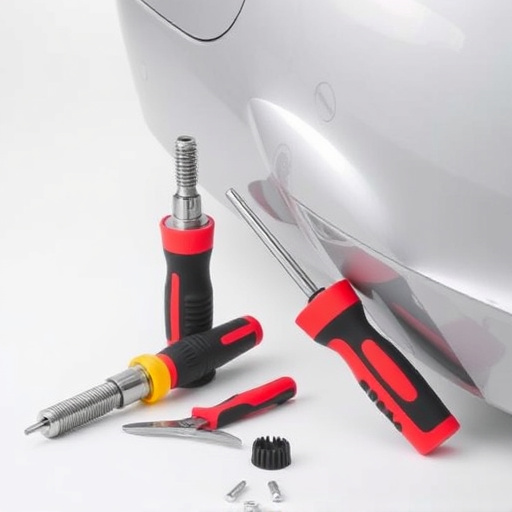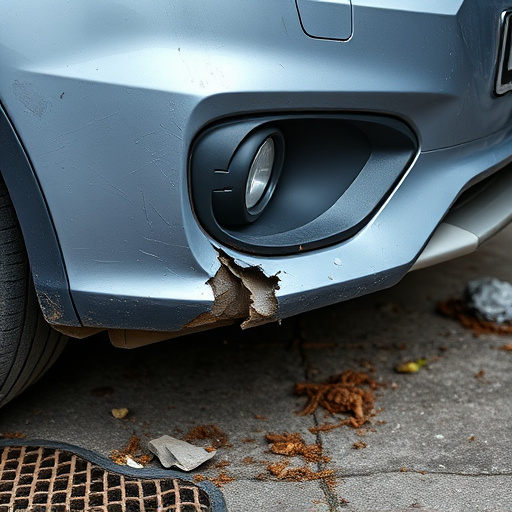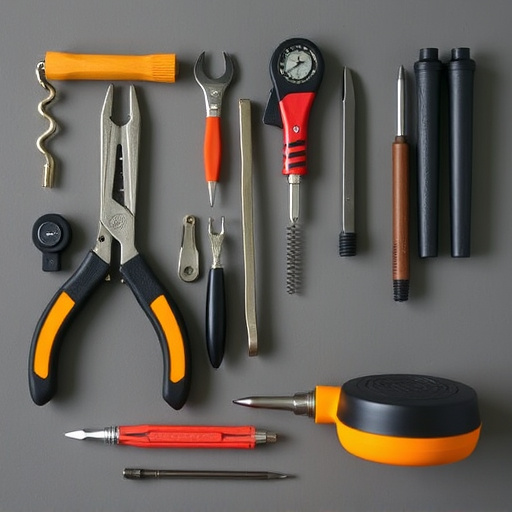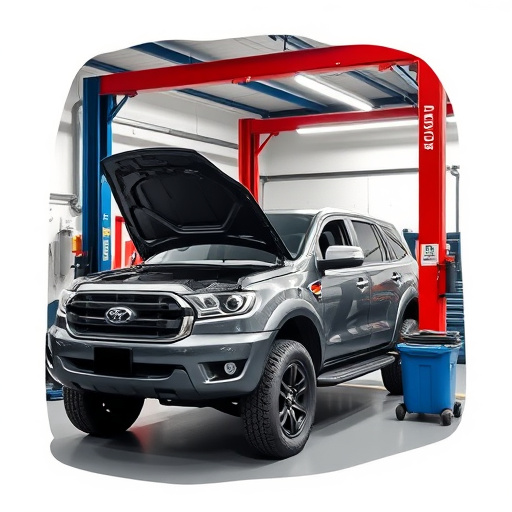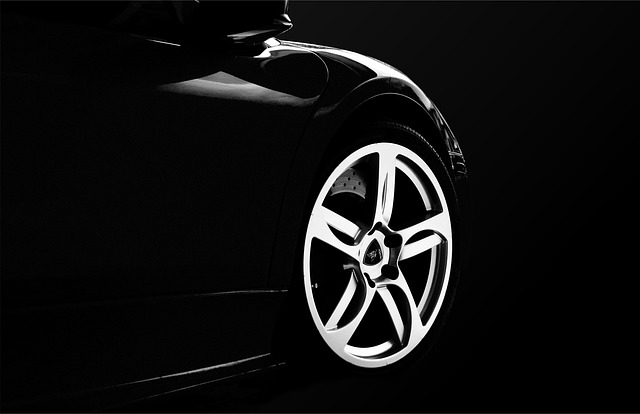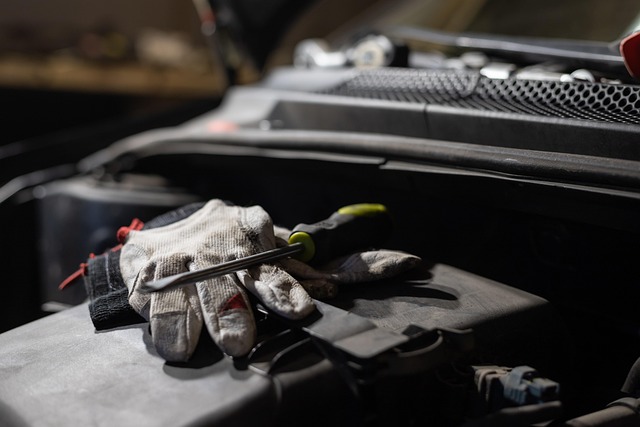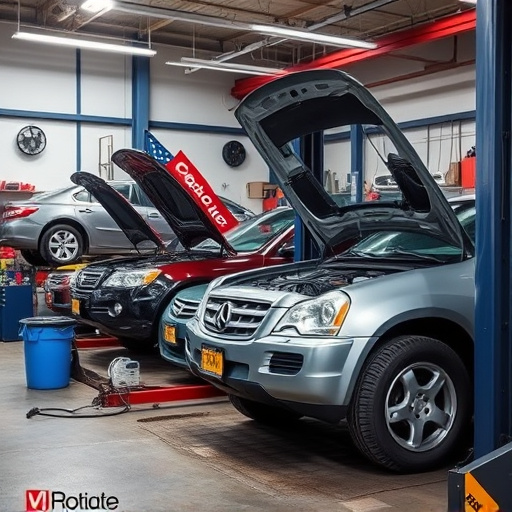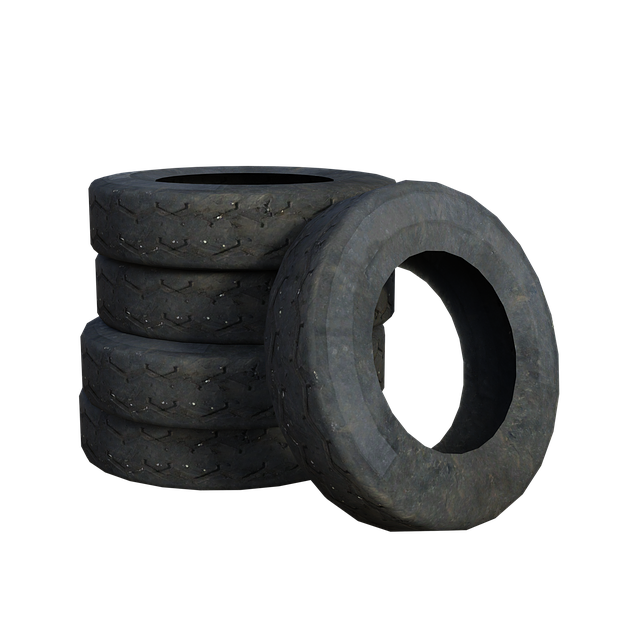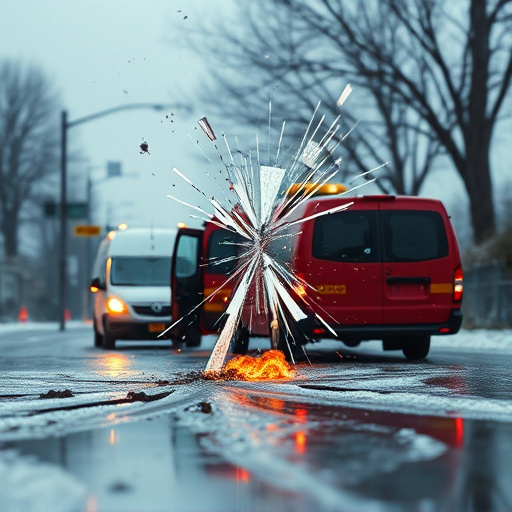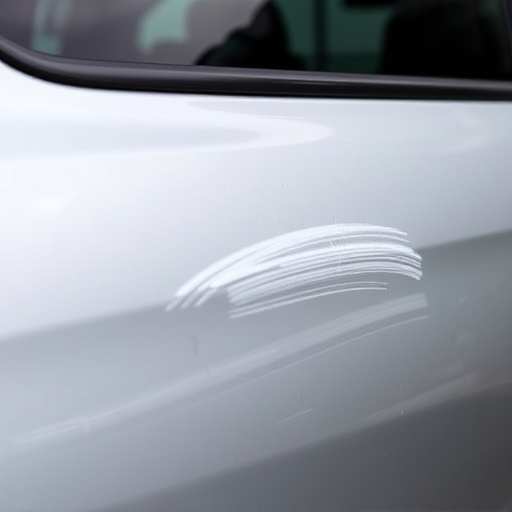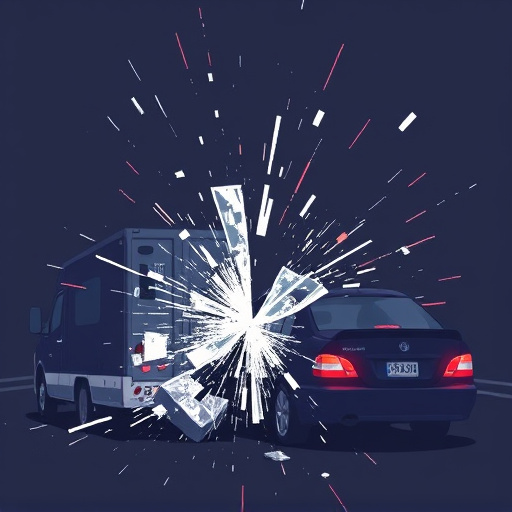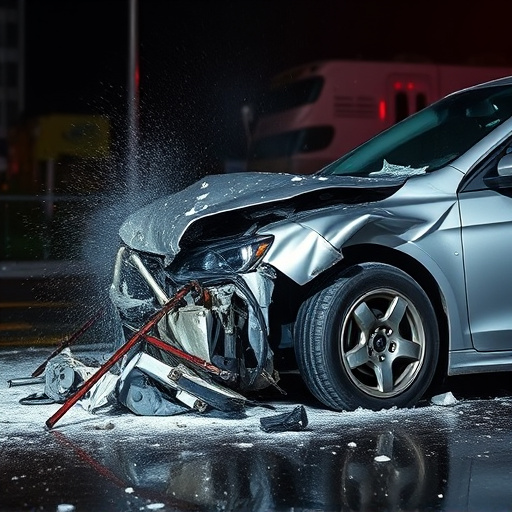For successful weekend collision repair on classic cars, select specialized tools like hammers, putty knives, filler, and sandpaper for fender repair, alignment, and paint restoration. Gather safety gear and follow step-by-step instructions for removing panels, straightening dents, filling imperfections, priming, and repainting to match original colors, preserving unique craftsmanship.
“Restoring your classic or vintage car over a weekend might seem like an impossible task, but with the right approach and tools, it’s achievable. This guide is tailored for automotive enthusiasts aiming to conduct weekend collision repair on their cherished models. We’ll walk you through choosing essential tools designed for vintage cars, offer a detailed step-by-step process for repairs, and highlight common pitfalls to avoid. Get ready to transform your car with expert-level care, all in the comfort of your garage.”
- Choosing the Right Tools for Vintage Cars
- Step-by-Step Guide to Weekend Repairs
- Common Pitfalls and How to Avoid Them
Choosing the Right Tools for Vintage Cars
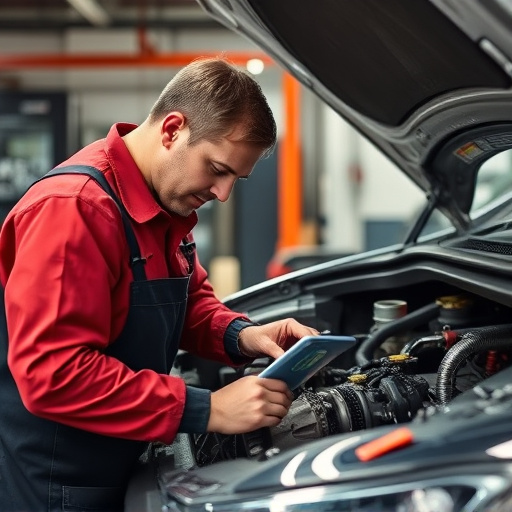
When tackling weekend collision repair on classic or vintage cars, selecting the appropriate tools is key to a successful and accurate restoration. These vehicles often require more specialized attention due to their unique construction and materials. While modern cars benefit from advanced auto maintenance techniques and technology, vintage models demand a different approach.
Specialized tools for tasks like fender repair, body panel alignment, and car paint repair are essential investments for any enthusiast taking on these projects. Many classic car owners prefer hand tools over power tools to maintain the integrity of their vehicles’ original craftsmanship. Choosing the right set of tools tailored to vintage cars will make weekend collision repair more manageable and ensure a higher quality finish.
Step-by-Step Guide to Weekend Repairs
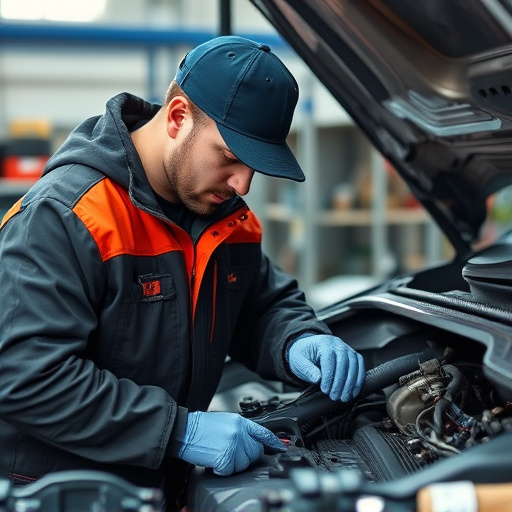
Starting your weekend with a classic or vintage car and ending it with a collision can be frustrating. However, with a bit of preparation and the right tools, you can tackle weekend collision repairs effectively. Begin by assessing the damage—is it a minor fender bender or a more significant impact? For smaller issues like dents or scratched paint, a DIY approach is feasible. Gather your safety gear, including gloves and safety glasses, to protect yourself during the repair process.
Next, gather the necessary tools for the job, such as a hammer, putty knife, auto body filler, sandpaper, primer, and paint. Carefully remove any loose debris or damaged panels. Use the hammer to gently tap out dents while being mindful of the surrounding areas. Once the panel is straightened, apply automotive restoration products like filler to smooth over imperfections. After letting it dry, sand the area to achieve a seamless finish, then prime and repaint to match your car’s original color. This step-by-step guide ensures you’re prepared for basic weekend collision repairs, allowing you to keep your classic or vintage vehicle in top condition without breaking the bank.
Common Pitfalls and How to Avoid Them
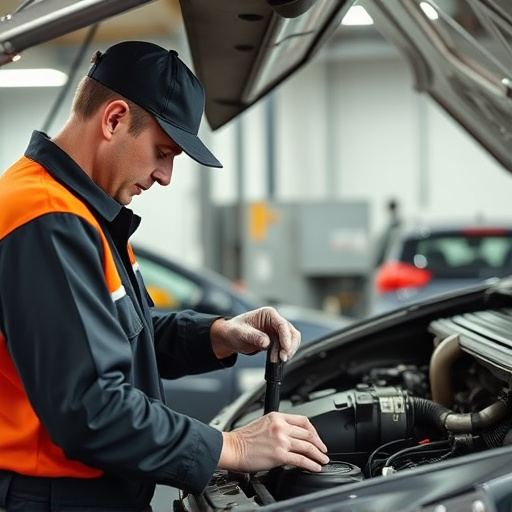
Many enthusiasts attempting weekend collision repair for their classic or vintage cars often encounter several common pitfalls. One of the biggest challenges is acquiring the right tools and equipment, which can be specialized and hard to find for older vehicle models. Before starting any fix, it’s crucial to invest in a comprehensive set of automotive repair tools suitable for your car’s make and model. This ensures you’re prepared for various tasks, from fender repair to more intricate mechanical work.
Another pitfall is the lack of experience handling vintage cars’ unique features and materials. Using the wrong techniques or substitutes can cause irreversible damage. To avoid this, thoroughly research your vehicle’s specific restoration methods and consider consulting a specialist if you’re new to auto repair near me. Remember, each classic car model has its own set of quirks, and understanding these is key to successful weekend collision repair without causing further harm to the delicate automotive tapestry.
For car enthusiasts with classic or vintage models, weekend collision repair can be a fulfilling project. By understanding the unique tools required and following a structured guide, you can effectively tackle small-scale repairs at your own pace. Avoiding common pitfalls ensures successful outcomes, allowing you to preserve and enhance these cherished vehicles over time. Embrace the challenge and transform your weekend into a productive journey of automotive restoration.
